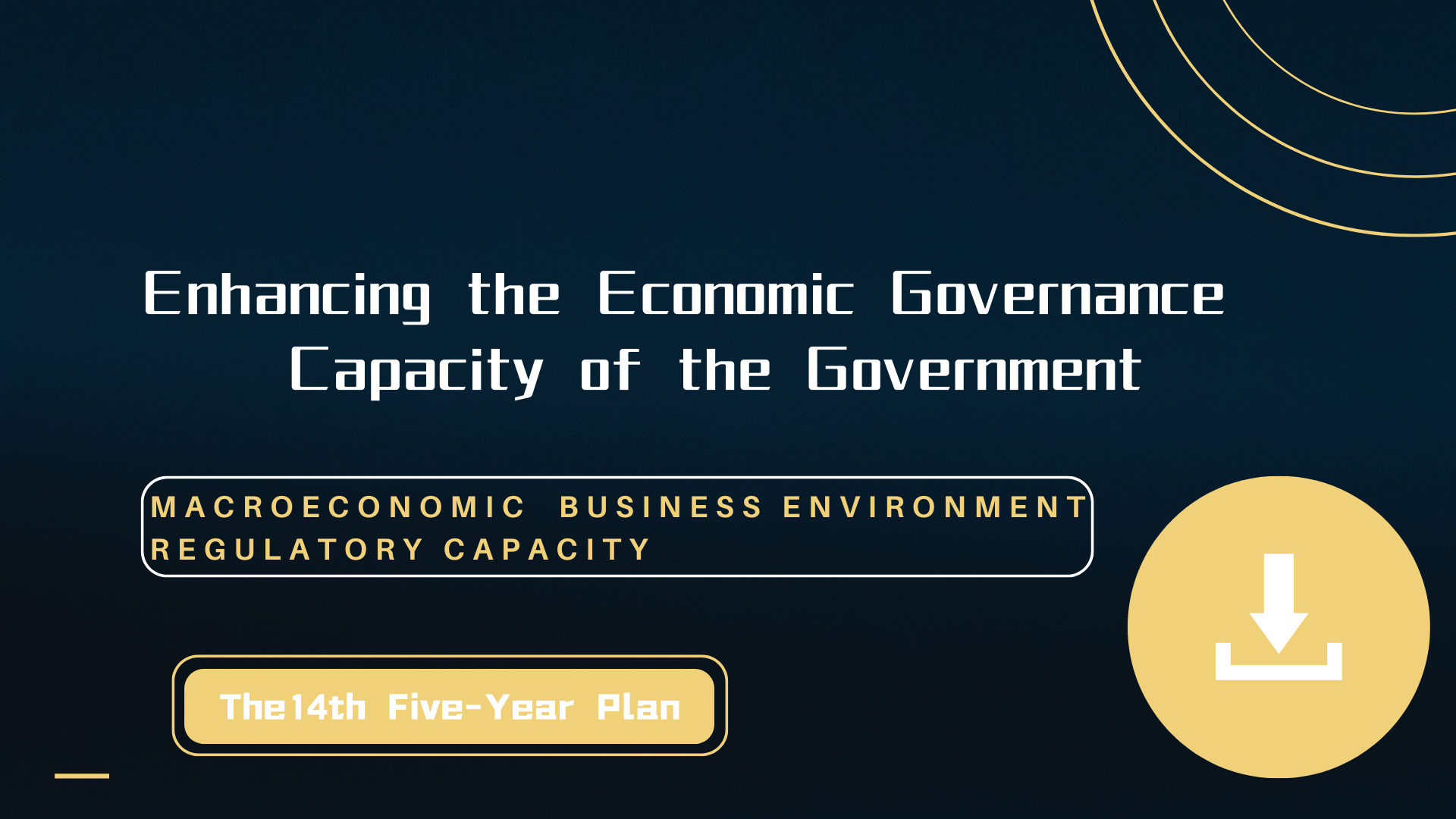Proportionality and financial inclusion: implications for regulation and supervision
Let me welcome all participants to our regular workshop on financial inclusion, which this year is organised by the Consultative Group to Assist the Poor (CGAP) and the Financial Stability Institute (FSI) of the Bank for International Settlements (BIS).
Before starting the sessions, let me share some reflections on proportionality in regulation and supervision and its impact on financial inclusion, from a Basel perspective.
According to World Bank research, the concept of proportionality in relation to financial inclusion can be dated back to a 2011 white paper by the G20 Global Partnership for Financial Inclusion, which identified some challenges specific to each standard-setting body (SSB) and also joint challenges for all SSBs. That report also made recommendations to be considered by all SSBs to encourage financial inclusion efforts globally.
The paper introduced the proportionality principle for regulation and supervision, ie the balancing of risks and benefits against costs of regulation and supervision. It acknowledged that risks and benefits are often perceived and measured differently by different stakeholders, and that the complexity of the risk and benefit assessment multiplies when the varied regulatory and supervisory standards of the SSBs are applied across the different products, services and providers that a broad financial inclusion agenda involves. It also advocated that proportionality needs to consider not just the risks of financial exclusion, but also the benefits of financial inclusion beyond the mitigation of financial exclusion risks. In this light, it argued that while these benefits may be only indirectly related to the core mandate of SSBs, they can motivate SSBs to incorporate financial inclusion considerations into their work.
The idea, of course, is not to compromise SSBs' ability to deliver on their core objectives but rather to accept the principle that good regulation should also minimise any unintended adverse impact on other social policy goals.
In fact, applying the principle of proportionality can help regulation to avoid negative side effects on financial inclusion. This is true for both activity-based – such as AML/CFT – and entity-based regulation – such as that for banking or insurance firms.
For example, alleviating know-your-customer (KYC) requirements for basic financial products – like pure payment accounts offered to unsophisticated firms or individuals – constitutes a good example of a proportionate application of AML/CFT rules. Arguably, risks that that leeway will be used to facilitate material illegal activities are clearly contained, but the potential benefits in terms of facilitating access to the financial system by the undeserved are very large.
In the area of prudential regulation, rather than applying the whole set of highly sophisticated rules based on global standards to all financial institutions, imposing simplified requirements on firms that are small and run a traditional business model is generally warranted. If the simplified rules are properly defined, they could remain effective at preserving the safety and soundness of small institutions, but they would also reduce an otherwise disproportionately costly regulatory burden. To the extent those firms are often active only in specific local communities and provide financial services to agents that could have difficulties obtaining the same services from larger institutions, proportionate prudential regulation would facilitate financial inclusion.
That said, the implementation of a sound proportionality regime is not an easy task, as it is subject to relevant technical and, sometimes, political challenges.
For example, the principle of proportionality has been wrongly advocated to protect small – but sometimes inefficient – firms from the competition of larger – and often more efficient – players in the markets where they operate. In that regard, proportionality should be understood as a way to correct or mitigate the penalisation of small firms by disproportionately burdensome regulation. But in no way should it become an excuse to create new privileges and distortions leading to socially sub-optimal market structures.
In addition, successful financial inclusion policies may sometimes entail strengthening rather than alleviating some regulatory safeguards. For example, increasing the access of larger segments of the population to credit or payment facilities without sufficiently effective consumer protection rules could increase rather than reduce the vulnerability of some of the newly financially included individuals.
Very importantly, national authorities may be reluctant to introduce a proportionate approach in their regulatory frameworks, if they perceive that this could affect their international standing. Their concern is that this approach may be perceived as less rigorous, thus tainting the jurisdiction's reputation as a safe and sound place to do business. That could lead to efforts to adopt the full package of international standards with insufficient tailoring to the specific domestic situation and needs.
To overcome those obstacles, I believe that it is very important that national authorities are provided with sufficient international guidance. That can help authorities to properly address the technical challenges when they aim at putting in place an effective proportionality regime. Moreover, the adoption of that international guidance can help to assuage the stigma problem I have just mentioned.
In that regard, all the good work that has recently been carried out by international standard-setting bodies is certainly welcome. To cite just a few such efforts: over the summer, the Basel Committee on Banking Supervision issued high-level considerations on proportionality, which provide some options for tailoring international standards to non-internationally active banks in specific jurisdictions. Moreover, for the International Association of Insurance Supervisors, the Access to Insurance Initiative has published a series of recent reports looking at proportionality in practice, drawing on case studies in individual countries. In the area of cross-border payments, the Financial Stability Board and the other SSBs and international financial institutions involved in the design of the Roadmap on improving cross-border payments, issued in 2020, continue to monitor the issue of proportionality. In particular, the 2022 progress report on implementation of the roadmap highlights the risks of financial exclusion related to the application of disproportionate AML/CFT requirements. Moreover, in that area, the Financial Action Task Force has spearheaded the global work on the unintended consequences of the application of AML/CFT guidance, as demonstrated in its dedicated report published last year.
All those efforts are substantive and relevant. I have the impression, though, that there is sometimes scope to make the existing guidance still more practical, consistent and applicable, to use the same terms as Her Majesty did a few minutes ago.
To give you a recent example of where guidance can help to overcome inertia in applying a proportionate approach and to support coordination among national authorities, let me mention the statement published in April by the European Banking Authority (EBA). There, it issued guidance on the offering of banking services to Ukrainian refugees moving to the European Union. The EBA sets out how its AML/CFT guidelines would apply in this context, and how financial institutions could adapt their AML/CFT measures to provide a pragmatic and proportionate response to the compliance challenges they face.
More broadly, and looking in particular at emerging market and developing economies, I feel there is a clear demand for the international regulatory community to provide clear references for effective proportionality regimes that would help them address the challenges they face in their jurisdictions while still being perceived globally as fully consistent with a sound regulatory framework.
I am sure that over the course of this workshop we will hear from representatives of those SSBs, learn more details about what they have done and, more importantly, get information about their plans for further work on the matter.
I very much look forward to what I am sure will be an interesting exchange of ideas among participants, speakers and chairs.





















































First, please LoginComment After ~